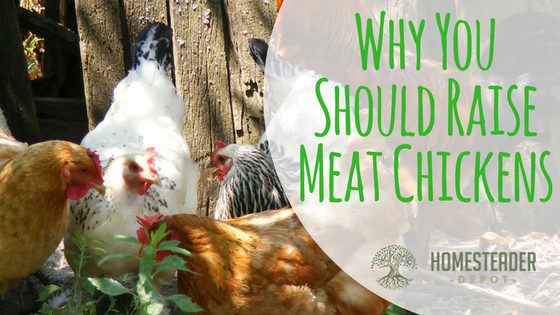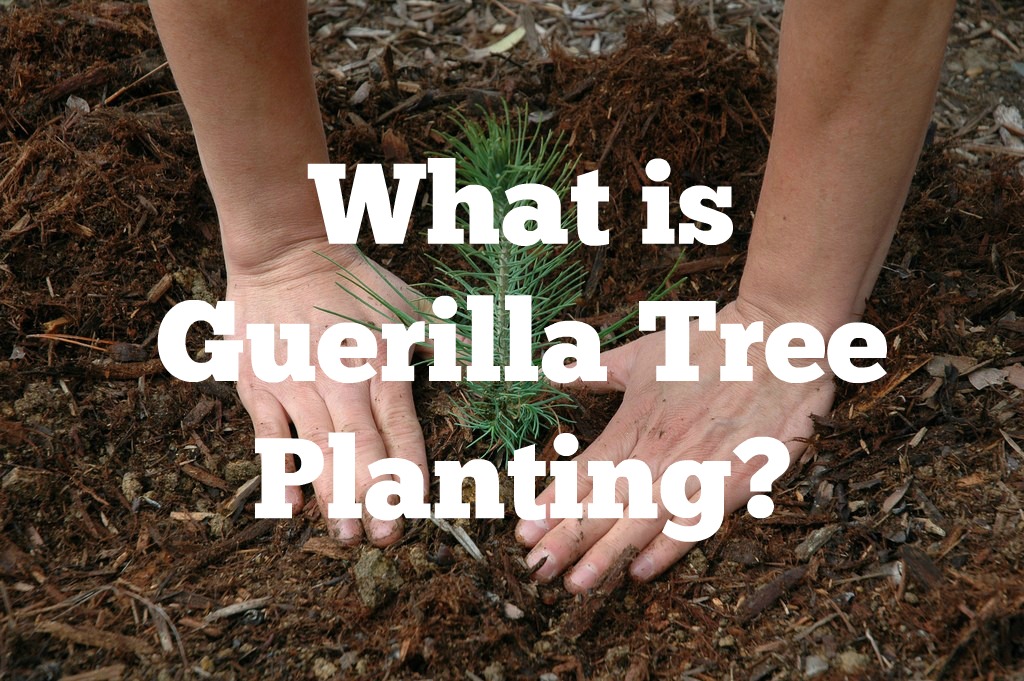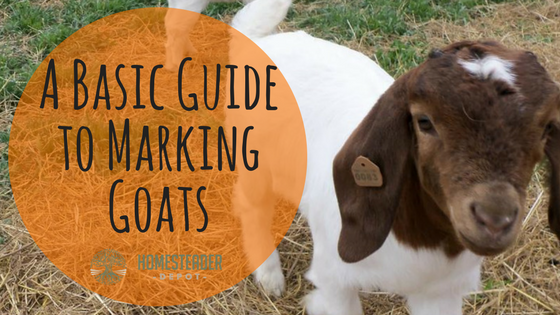Why Raise Meat Chickens?
If you are used to buying your chicken from the supermarket, you might not realize this, but there is one breed of meat chicken that dominates the modern, globalized meat market. You know it well, and yet probably don’t even know the name. You buy your whole fryers, your boneless skinless chicken breast, your thigh … Read more








